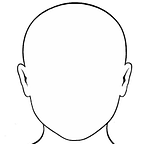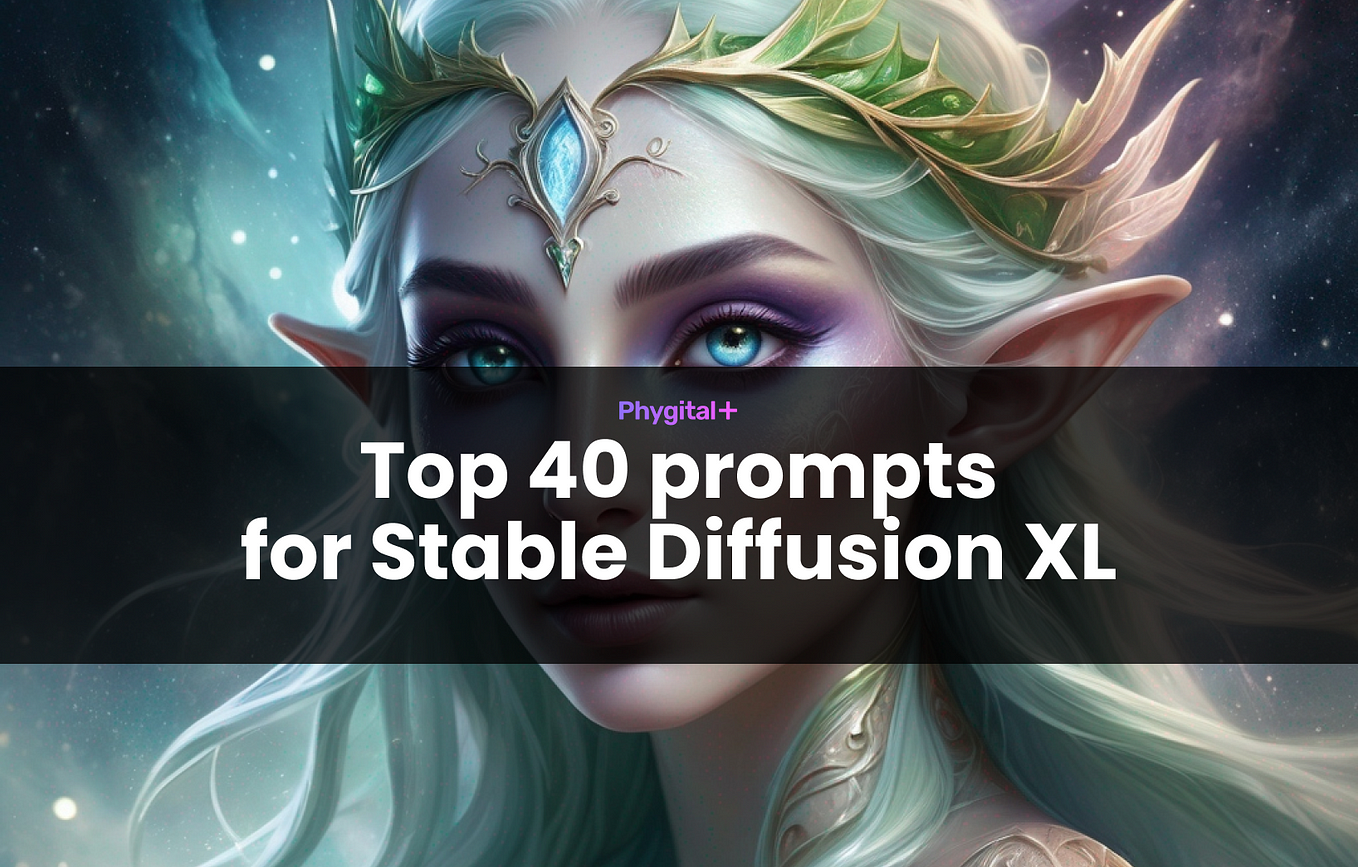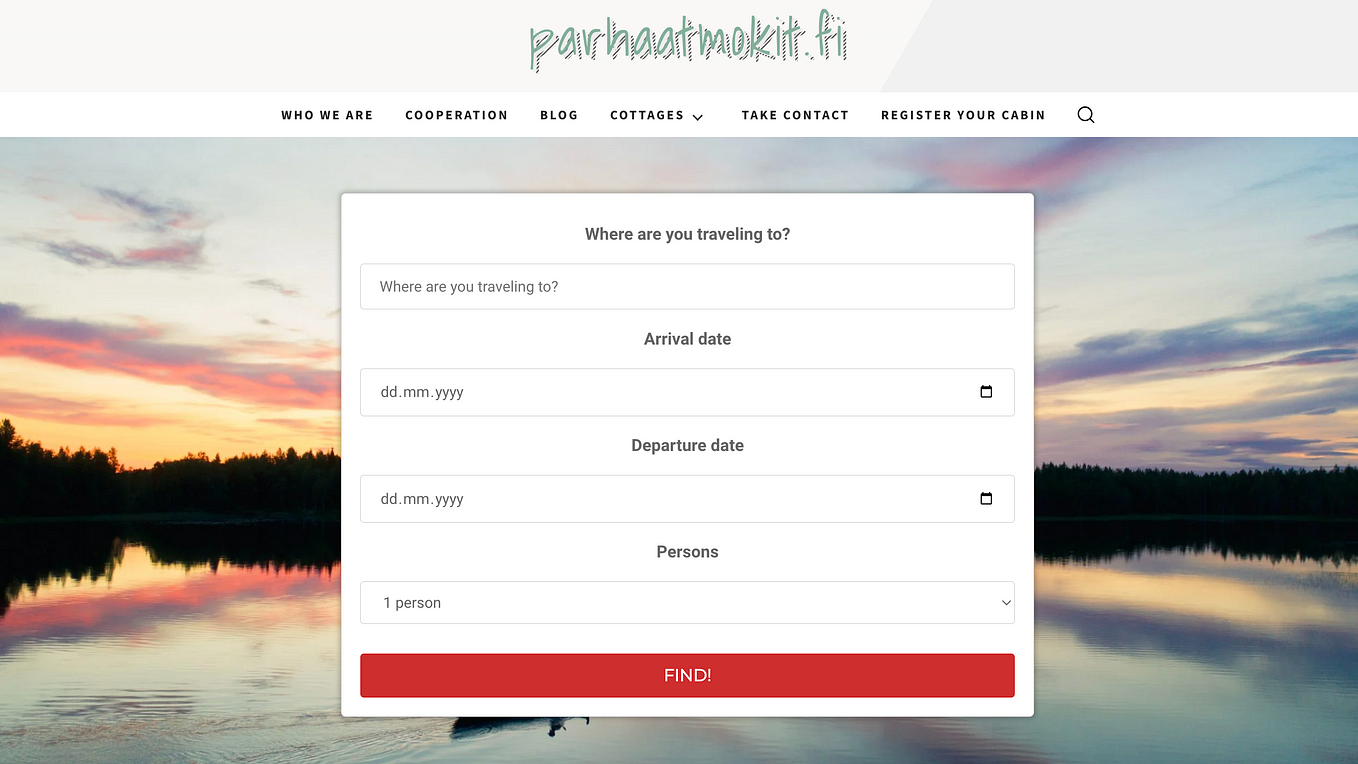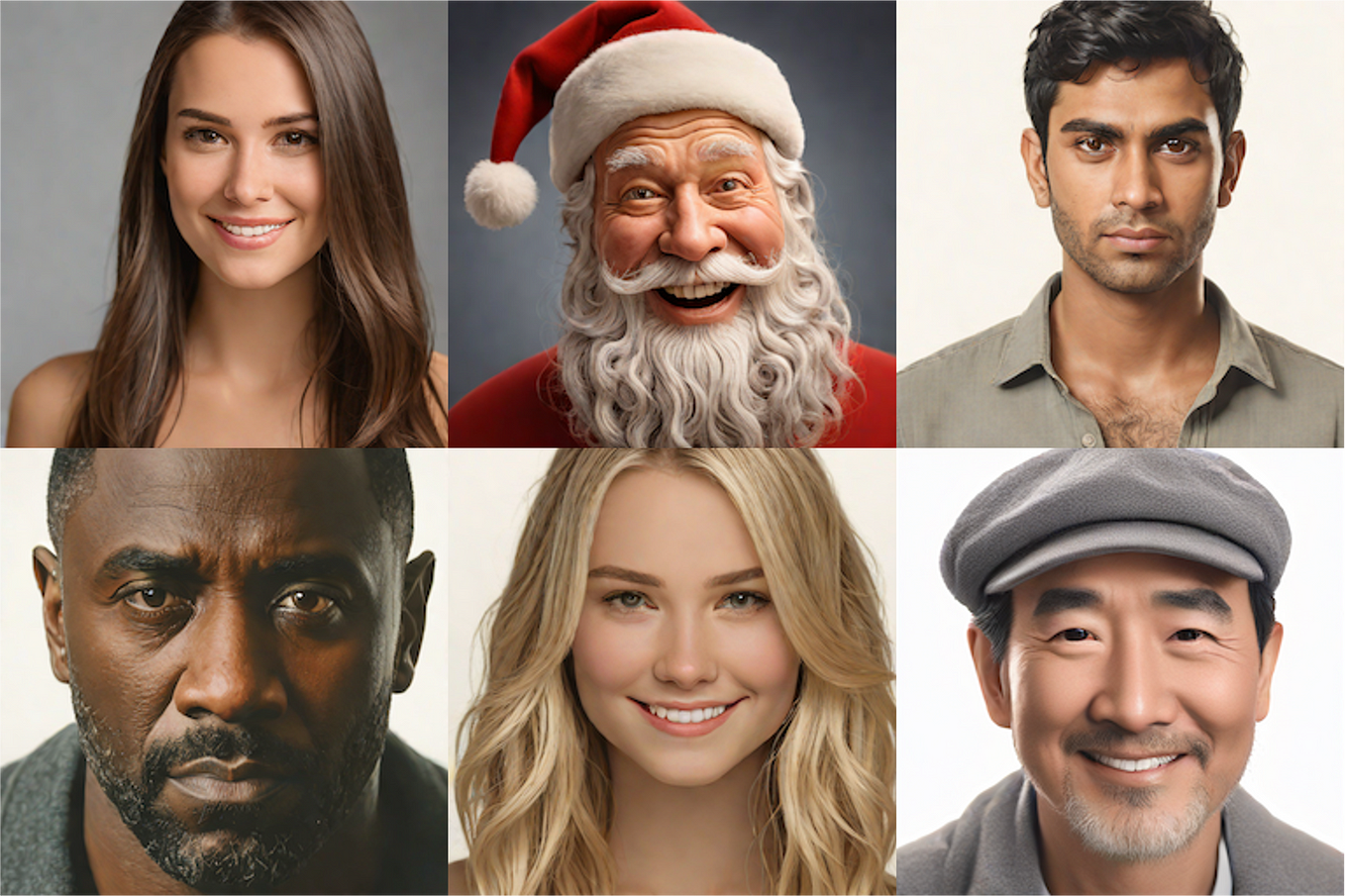How To Use AI to Generate a Photo of the Same Person In Many Poses
This is Mary.
Mary started like this.
Before Mary had a body, she started out as an AI generated ‘face and shoulder photo of stunningly beautiful ginger haired woman’ using a prompt on https://stablediffusionweb.com/
Using special software installed on a Google colab link Mary’s face was paired with the movements of a moving face on a video file.
Mary’s photo became a video mirroring the movements of the other face.
The software on the Google colab link then dissected the video of Mary into lots of separate frames.
I chose one frame for a headshot of Mary used a website remove.bg to remove the background from Mary’s photo.
I then loaded Mary’s image into DALL-E (labs.openai.com) to make edits. In the image edit screen, I erased Mary’s dress, and typed the words ‘ballgown dress’ and clicked generate.
DALL-E generated a ballgown dress for Mary.
By clicking on the arrows located just below the photo, I had the ability to navigate through the other dresses that were generated for Mary.
I chose a photo of Mary that I liked and then erased parts of the background.
I typed in keywords for a new background ‘inside a palace’. Mary was now inside a palace.
If you watch the following video on YouTube, you will learn how to use the Google colab link to convert an image of a headshot into a video file, as well as how to separate the images contained within that file into a number of individual image files.
Read more about it on the blog by promptmuse.com, and check out the Google colab link below to get started turning your headshot images into animated videos.
This is the story of Mary.
Why would you want to create a Mary?
On social media platforms, virtual influencers are computer-generated characters that have amassed a sizeable number of followers. They are typically modeled after real people and make use of advanced computer graphics and animation techniques to create images and videos that appear as though they were captured from real life.
Because they are able to reach a large audience and generate engagement through their social media accounts, virtual influencers have become increasingly popular in recent years. This trend is expected to continue. Some of the most successful virtual influencers have been able to monetize their following by forming partnerships with brands in order to promote products and share sponsored content with their audience.
Lil Miquela, a computer-generated character who is well-known for her content relating to fashion and beauty, is a good illustration of the success that can be achieved by virtual influencers. She has worked with brands such as Prada, Calvin Klein, and Samsung, in addition to amassing more than 2.9 million followers on Instagram.
Another illustration of this is the virtual model known as Shudu, who was created by a photographer from South Africa and has appeared in advertising campaigns for major brands such as Fenty Beauty and Balmain.
In addition to working with brands, virtual influencers have additional opportunities to generate revenue through the sale of physical merchandise and digital goods. Some of the most successful virtual influencers have been able to amass millions of dollars in revenue thanks to the various monetization channels that have been available to them.
However, virtual influencers are not without controversy, as some critics argue that their use is deceptive and that they set unrealistic standards for beauty and perfection. Others contend that the use of virtual influencers is not only deceptive but also sets unrealistic standards for perfection. In addition, the use of these tools raises ethical concerns regarding the application of artificial intelligence in the production and promotion of content.
In general, the presence of virtual influencers has grown to be significant in the social media landscape, and they have demonstrated their effectiveness as a potent marketing tool for brands. It is likely that we will see an increase in the number of virtual influencers making millions of dollars through partnerships and other opportunities to monetize their content as technology continues to advance.
Other reasons you may want to create the same virtual person in multiple locations and poses include:
- Advertising: The photos could be used to promote a product or service. The virtual person could be shown using or interacting with the product in different environments and positions, to showcase its versatility and appeal to a wider range of potential customers.
- Artistic expression: The photos could be part of an art project, where the artist is exploring the concept of identity and how it changes in different contexts and poses.
- Training machine learning models: The photos could be used to train machine learning models that are designed to recognize and generate images of people in different poses and locations.
- Gaming or animation: The photos could be used to create 3D models or animations of a virtual character that is used in a game or other interactive experience.
- Virtual reality: The photos could be used in virtual reality experiences, where users can interact with the virtual person in different environments and poses.
- Storytelling: The photos could be used to tell a story, where the virtual person is the protagonist and the different locations and poses are used to convey the character’s journey and development.
Thank you for reading Mary’s story.
Using AI to generate multiple photos of the same person in different poses
AI-generated multiple photos of one person in various poses
Generating multiple photos of the same person through AI in different poses
Creating multiple photos of one person in various poses using AI
AI-generated photos of one person in multiple poses
Using AI to create multiple images of the same person in different poses
Generating multiple images of one person through AI in various poses
Creating multiple images of the same person in different poses with AI
AI-generated images of the same person in multiple poses
Utilizing AI to produce multiple photos of one person in different poses.





